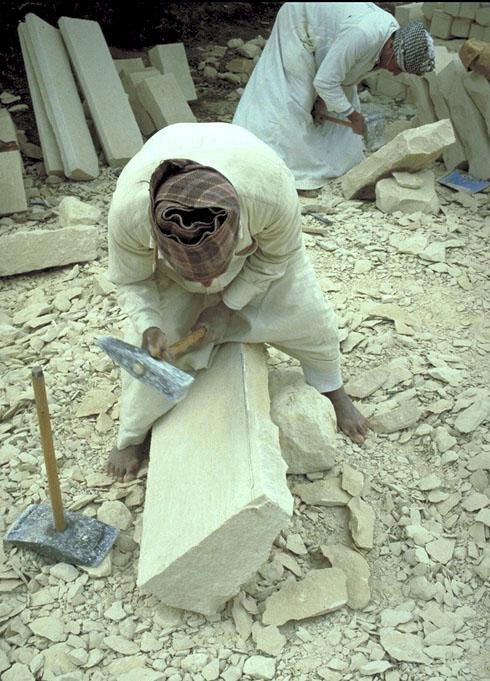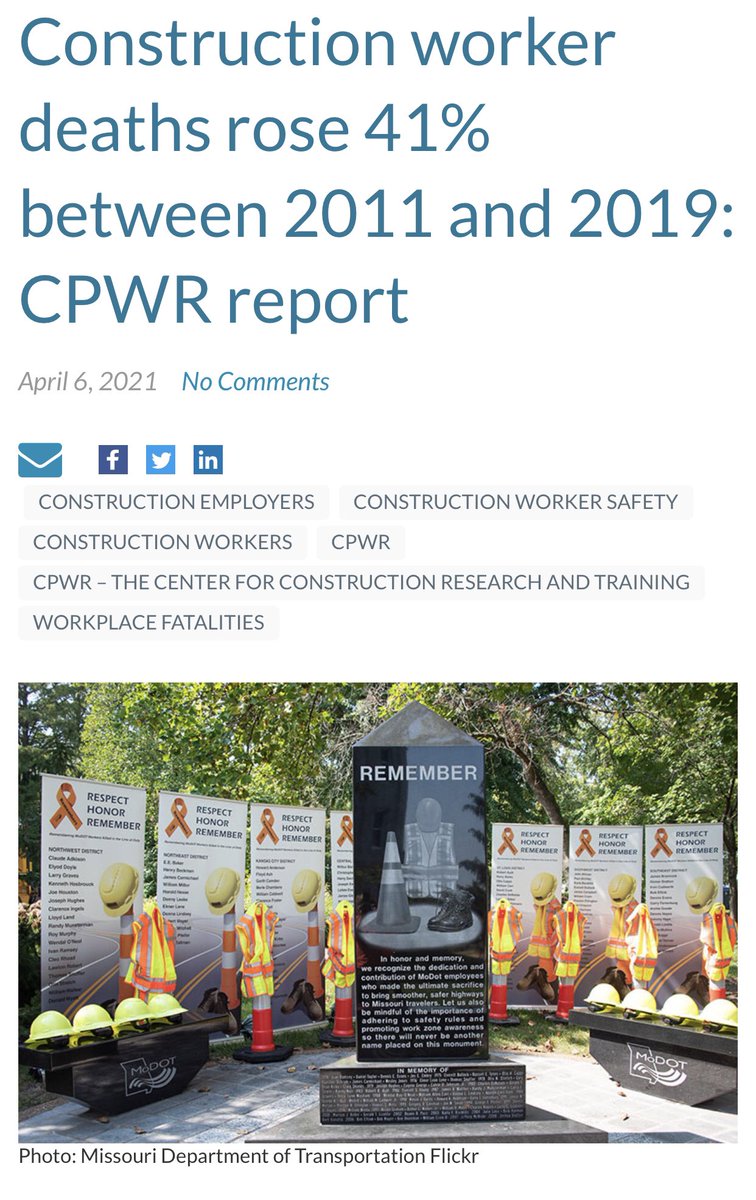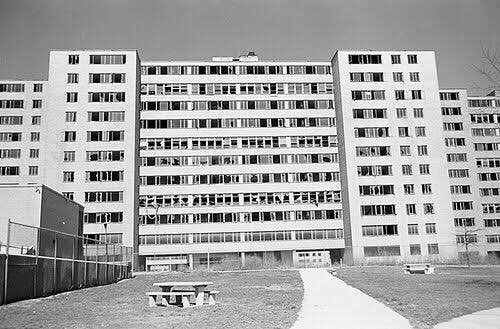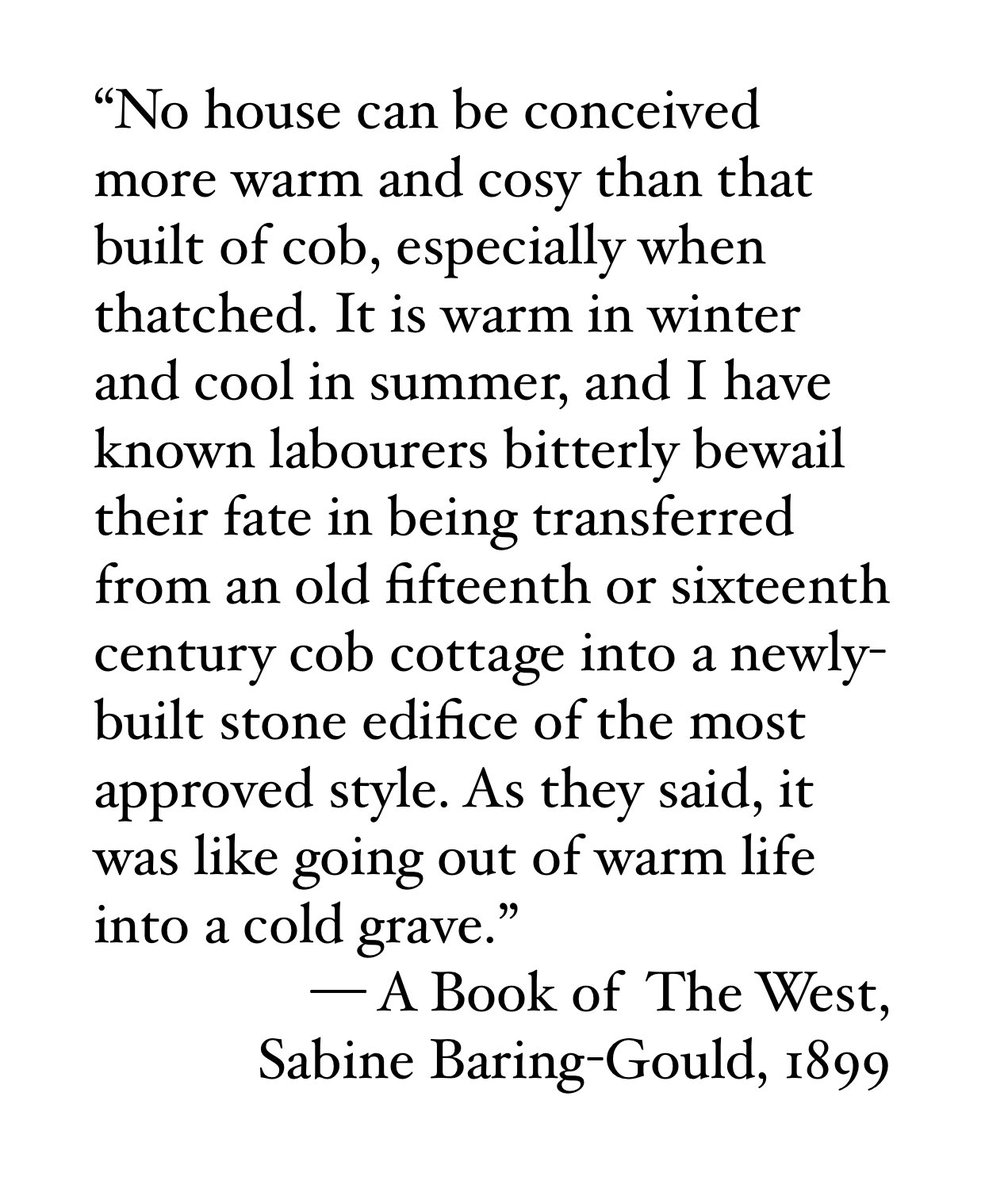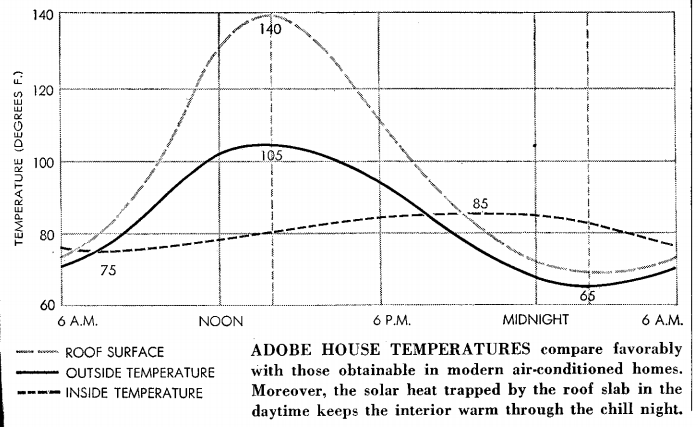
2000 years. The longest continually operated overland "railway" was the 6km long Diolkos, of ancient Greece, used to transfer ships from the Aegean to the Ionian, over the Isthmus of Patras, built around the 8th c. B.C. it was last used by the Byzantines in the 12th c. A.D. 







The trackway was built to let military and merchant vessels avoid the lengthy and dangerous detour around the Peloponnese peninsula. It would have taken 3 hours to transport a ship, and on several occasions entire military fleets were moved over a couple of days. 



There would have been local experts that helped the ships across for a fee but the main power was the muscle power of the human crews of the ships. A warship with hundreds of experienced rowers could probably have pulled their ships over in a matter of minutes. 
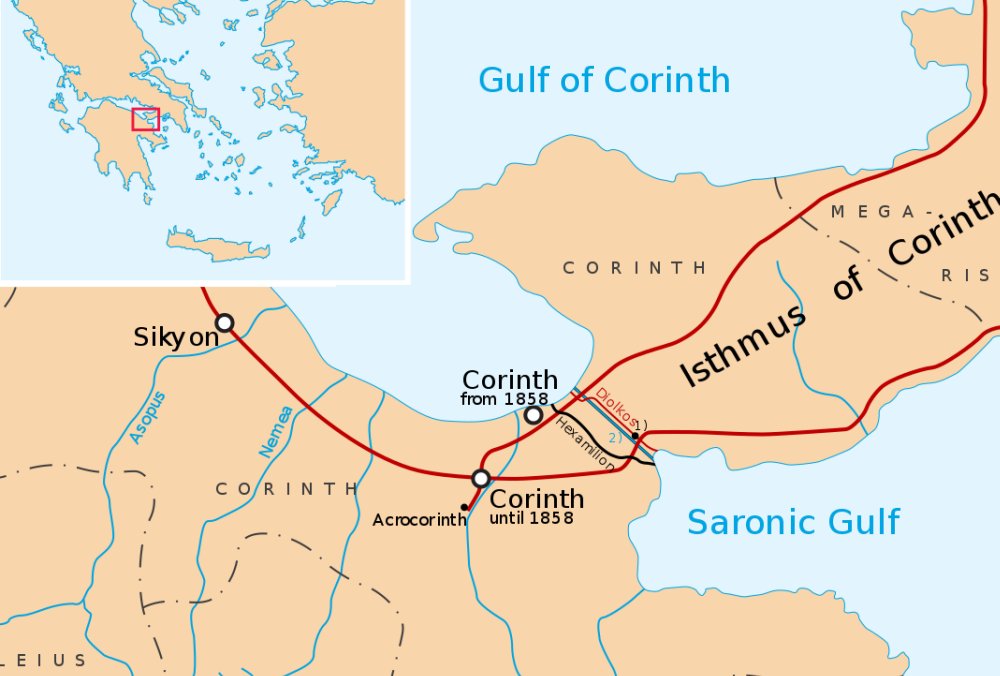
Here is a charming and well made narrated dramatization of how a 4th c. B.C. trading vessel uses the Diolkos. Recommended watching when you have the time (20 minutes).
• • •
Missing some Tweet in this thread? You can try to
force a refresh







